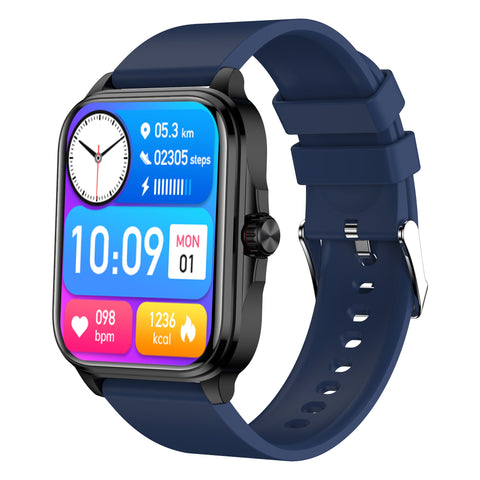Barefoot Bliss! Safe Sand Running Secrets!
For many runners, there's nothing quite like the feeling of freedom that comes with kicking off their shoes and sinking their toes into the warm sand. Barefoot running on the beach offers a unique sensory experience, allowing you to connect with nature while giving your feet a break from the constraints of footwear. However, running barefoot in the sand also presents its own set of challenges and considerations.
The Benefits of Barefoot Running on the Beach
Before diving into the safety aspects, let's first highlight some of the benefits of running barefoot on the beach:
-
Natural Foot Strengthening: Running barefoot allows your feet to move more freely, strengthening the muscles, tendons, and ligaments in your feet and lower legs. The uneven surface of the sand provides an excellent opportunity for natural foot strengthening exercises.
-
Improved Balance and Proprioception: Negotiating the soft, shifting sand challenges your balance and proprioception (the body's sense of its position in space). Over time, this can lead to improved balance and coordination, both essential for injury prevention and athletic performance.
-
Reduced Impact Stress: Compared to running on harder surfaces like pavement or concrete, running on sand offers a softer landing surface, reducing the impact stress on your joints. This can be particularly beneficial for runners recovering from injuries or looking to prevent them.
-
Enhanced Sensory Experience: Running barefoot heightens sensory feedback from the ground, allowing you to feel the texture and temperature of the sand beneath your feet. Many runners find this sensory experience invigorating and grounding.
Tips for Safe Barefoot Running on the Beach
Now that we've covered the benefits, let's delve into how to enjoy barefoot running on the beach safely:
-
Start Slowly: If you're new to barefoot running or running on sand, start slowly to allow your feet and lower legs to adapt to the new demands. Begin with short distances and gradually increase your mileage over time.
-
Choose the Right Beach: Look for beaches with firm, compacted sand near the waterline. Avoid areas with sharp rocks, shells, or debris that could cause injury. Ideally, choose beaches with gradual slopes to minimize the risk of ankle sprains.
-
Mind Your Form: When running barefoot, focus on maintaining good running form. Land lightly on your midfoot or forefoot, rather than crashing down on your heels. Keep your strides short and your cadence high to minimize impact stress.
-
Stay Hydrated: Running barefoot on the beach can be more strenuous than running on a solid surface, as your muscles work harder to stabilize on the uneven terrain. Stay hydrated by drinking plenty of water before and after your run.
-
Listen to Your Body: Pay attention to any discomfort or pain while running barefoot. If something doesn't feel right, stop and assess the situation. It's normal to experience some muscle soreness as your feet adapt, but sharp or persistent pain could indicate an injury.
-
Protect Your Feet: Consider wearing minimalist sandals or water shoes if you're concerned about sharp objects or hot sand. These can provide a layer of protection while still allowing you to experience the benefits of barefoot running.
-
Stretch and Strengthen: Incorporate foot and ankle exercises into your routine to help strengthen the muscles and improve flexibility. Exercises like toe curls, calf raises, and ankle circles can help prevent injuries and improve performance.
Barefoot running on the beach can be a joyful and rejuvenating experience, offering a unique blend of physical and sensory benefits. By following these tips for safe barefoot running, you can enjoy all that the beach has to offer while minimizing the risk of injury. So, lace up (or not) and head to the shore to experience the freedom and natural beauty of barefoot running on the sand. Just remember to take it slow, listen to your body, and savor every step along the way.













